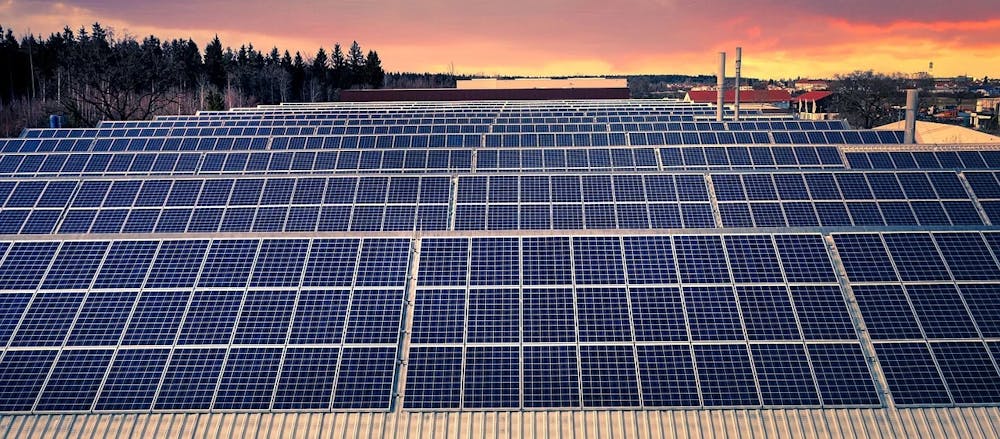The newly launched Synthesis and Processing Informed by Rational Algorithmic Learning (SPIRAL) Center, one of 10 projects receiving Department of Energy funding, aims to use artificial intelligence to optimize the creation of materials needed for solar power.
The News-Letter spoke to SPIRAL’s Hopkins group leaders Paulette Clancy, department head of chemical and biomolecular engineering, and Rigoberto Hernandez, Gompf family professor of chemistry, about the foundation and future directions of the project.
Clancy elaborated on the objectives of the project.
“The goal of SPIRAL is to use data science — especially machine learning — to advance materials for discovery,” Clancy said. “[We’re] creating a very specific class of materials and optimizing the processing. It's great to say, ‘We have a great new material for you,’ but if you don’t know how to make it then you're missing a very important step.”
According to Hernandez, the methods SPIRAL aims to create could potentially fuel the future of energy consumption, enabling the transition into a green age.
“We are all using energetic materials in different ways, and if we can develop higher efficiency, higher yield, better devices and also make them sustainable... we help humans not just today, but hundreds of years from now,” Hernandez said.
In particular, SPIRAL is focusing on metal halide perovskites: metal and halogen crystal structures of the form ABX3, where A is an organic or inorganic cation, B is a metal cation and X is a halogen anion. Metal halide perovskites are proven high-capacity solar cell materials, equal in efficiency to silicon, with considerably less energy-intensive production methods.
Clancy explained why SPIRAL is using perovskites.
“It takes a lot of energy to make silicone from quartz; with perovskites, you can make them at room temperature, mix the components together, spin cast them, then dry them to create a thin film. It's a whole lot simpler than silicon and with earth-abundant materials,” Clancy said. “We don't understand the fabrication process well enough, and that's really where all the magic happens.”
SPIRAL’s emphasis is a streamlining of these fabrication methods, creating new techniques for the future. The team consists of Clancy and Hernandez, Lara Estroff and John Marohn, professors of chemistry at Cornell University, Joshua Choi, associate professor of chemical engineering at the University of Virginia, Rebecca Lindsey, a staff scientist at Lawrence Livermore National Laboratory, and David Moore of the National Energy Lab.
According to Clancy, the team works well together.
“For me, it's a dream team,” Clancy said. “Everybody I’ve been working with, everybody has a very distinct role to play, and together I think we have a great chance trying to work out what the issues are here and really understanding the foundations of making a new high-performing device.”
A driving factor in bringing this “dream team” together, Clancy noted, is the need to develop efficient and cheap sources of renewable energy alongside methods to store this energy.
“We have to get extremely serious about renewable energy, and solar energy is one way to do that,” Clancy said. “The nice thing about these materials is that, at the simplest, you could imagine them being a coating on anything.”
SPIRAL, consisting of both theorists and experimentalists, utilizes a research process in which multiple groups circle around the question with different techniques, using each other to verify hypotheses and further discoveries: a learning spiral.
Hernandez described this spiral in his interview.
“During the entire process you are communicating with each other, double-checking the approximations, double-checking phenomenon and applications in both directions. You work in spirals to find a solution,” Hernandez said. “Discovery is a spiral, and we have three subdomains we’re addressing which we can also treat as learning spirals. We're spirals upon spirals.”
In addition to a wide range of academic specialties, Hernandez noted that SPIRAL was created to have a diverse group of people, each bringing their unique experiences and perspectives to the effort.
“The diversity of our team reflects the increasing diversity of science and the understanding that to solve complex problems, we need to have a diversity of ideas,” he said. “SPIRAL has a diversity of techniques, but we also have, by construction, a diversity of people and backgrounds which enhances our ability to find new solutions and even to find better questions.”





